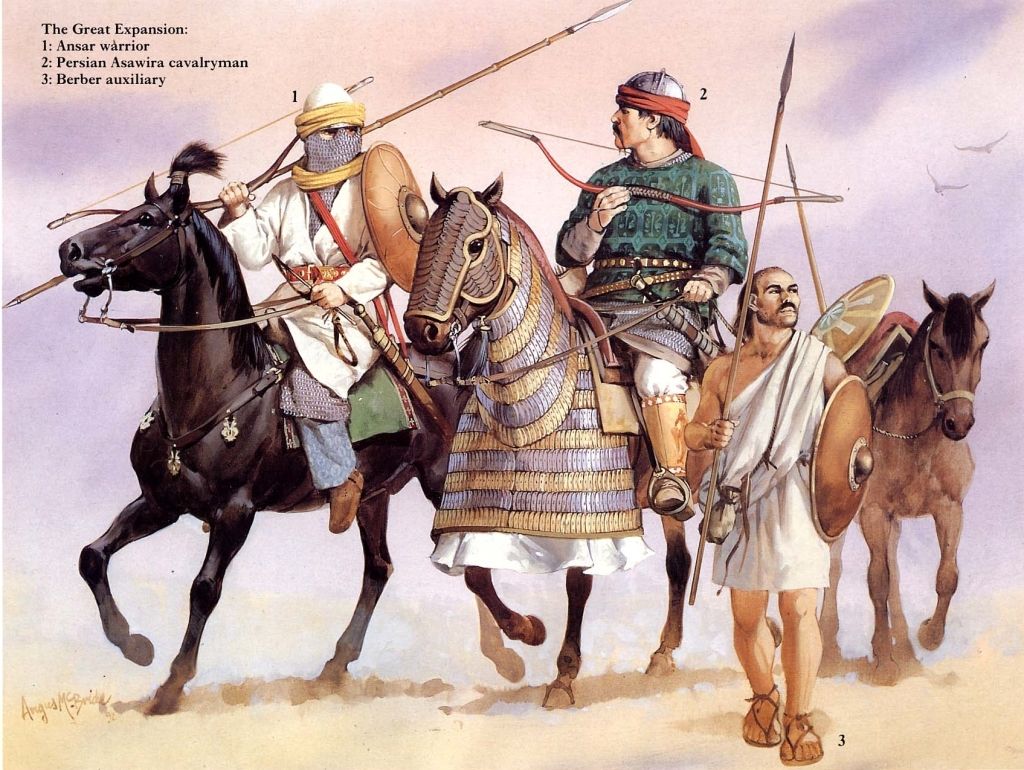
Muslim conquest of Persia
Mesopotamia, IraqThe rise of the Muslims in Arabia coincided with an unprecedented political, social, economic, and military weakness in Persia. Once a major world power, the Sassanid Empire had exhausted its human and material resources after decades of warfare against the Byzantine Empire. The Sassanid state's internal political situation quickly deteriorated after the execution of King Khosrow II in 628. Subsequently, ten new claimants were enthroned within the next four years. Following the Sassanid Civil War of 628–632, the empire was no longer centralized.
Arab Muslims first attacked Sassanid territory in 633, when Khalid ibn al-Walid invaded Mesopotamia, which was the political and economic centre of the Sassanid state. Following the transfer of Khalid to the Byzantine front in the Levant, the Muslims eventually lost their holdings to Sassanid counterattacks. The second Muslim invasion began in 636, under Sa'd ibn Abi Waqqas, when a key victory at the Battle of al-Qadisiyyah led to the permanent end of Sassanid control west of modern-day Iran. For the next six years, the Zagros Mountains, a natural barrier, marked the border between the Rashidun Caliphate and the Sassanid Empire. In 642, Umar ibn al-Khattab, then-Caliph of the Muslims, ordered a full-scale invasion of Persia by the Rashidun army, which led to the complete conquest of the Sassanid Empire by 651. Directing from Medina, a few thousand kilometres away, Umar's quick conquest of Persia in a series of well-coordinated, multi-pronged attacks became his greatest triumph, contributing to his reputation as a great military and political strategist. In 644, prior to the complete annexation of Persia by the Arab Muslims, Umar was assassinated by Abu Lu'lu'a Firuz, a Persian craftsman who was captured in battle and brought to Arabia as a slave.
By 651, most of the urban centres in Iranian lands, with the notable exception of the Caspian provinces (Tabaristan and Transoxiana), had come under the domination of Arab Muslim forces. Many localities fought against the invaders; although Arabs had established hegemony over most of the country, many cities rose in rebellion by killing their Arab governors or attacking their garrisons. Eventually, Arab military reinforcements quashed the Iranian insurgencies and imposed complete Islamic control. The Islamization of Iran was gradual and incentivized in various ways over a period of centuries with some Iranians never converting and widespread cases of Zoroastrian scriptures being burnt and priests being executed, particularly in areas that experienced violent resistance.
